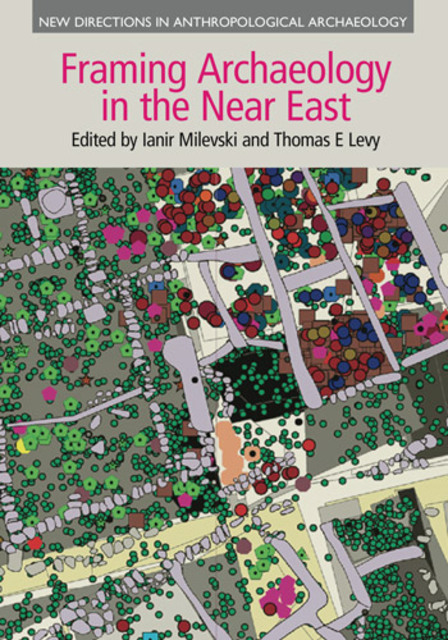Milevski & Levy/Framing Archaeology, 2. Gender and the Archaeology of the Ancient Near East

Full description
In archaeology understanding of gender and sex has changed from regarding them as the opposition of culture versus nature to perceiving both of them as cultural constructs. In this paper I would like to focus on gender in Mesopotamia, where obviously different types of masculinities and femininities were in use. In fact, in Mesopotamia, men and women were only two of more possible genders. Kurgarru, assinu, kulu’u and SAL-zikrum might be regarded as other genders. Enquiry into construction of these genders is important to understand the relationships between people. Yet, we should keep in mind that investigation of genders is not simple, there are traps waiting for archaeologists.
- typeImage
- created on
- file formatjpg
- file size109 KB
- container titleFraming Archaeology in the Near East: The Application of Social Theory to Fieldwork
- creatorJoanna Mardas
- isbn9781781794265 (eBook)
- publisherEquinox Publishing Ltd.
- publisher placeSheffield, United Kingdom
- rights holderEquinox Publishing Ltd.
- series titleNew Directions in Anthropological Archaeology
- doi
We use cookies to analyze our traffic. Please decide if you are willing to accept cookies from our website. You can change this setting anytime in Privacy Settings.
